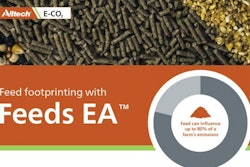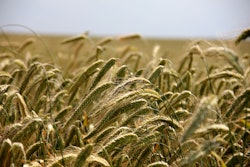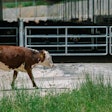
New analysis of EPA data highlights agricultural emissions reductions and the importance of developing new research and technologies to capture more carbon in cropland and pastureland.
The American Farm Bureau Federation’s latest Market Intel
also reviews trends in U.S. carbon sequestration as climate-smart farming practices increase.
The report reveals that U.S. carbon sinks offset 12% of U.S. greenhouse gas emissions and sequestered 764 million metric tons during 2018. The largest carbon sink involved U.S. forestry lands.
It also highlights the fact that cropland productivity has increased by nearly 50% since 1990 while the net emissions “flux” – the net of carbon emissions and carbon sinks associated with land use and land-use changes – has remained consistent. This builds on existing evidence that farmers and ranchers are raising more food, fibers and producing more renewable fuels using fewer resources and utilizing smarter practices.
“Farmers and ranchers have made great strides in climate-smart practices, yet we’re always looking for ways to do better,” says AFBF President Zippy Duvall. “Agriculture has been proactive in working toward sustainability goals and we’re looking for partners to help us do even more through market-based, voluntary programs. The Food and Agriculture Climate Alliance, which we co-founded, has 40 recommendations for lawmakers as they consider climate policy. We encourage new allies to join us as we build on climate-smart advances while ensuring farmers continue to provide safe, affordable food for America’s families.”
The Market Intel reports an almost 34-million-acre reduction in forestland and cropland since 1990, with a 28-million-acre growth in housing and commercial development.
New research and technologies are needed to achieve climate goals without jeopardizing production of the world’s food, fiber and fuel.














